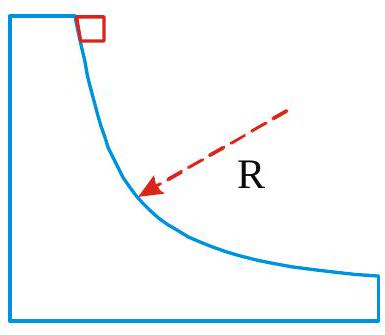268776 Two identical blocks \(A\) and \(B\), each of mass ' \(m\) ' resting on smooth floor are connected by a light spring of natural length \(L\) and the spring constant \(k\), with the spring at its natural length. A third identical block \(C\) (mass \(m\) ) moving with a speed \(v\) along the line joining \(A\) and \(B\) collides with \(A\). The maximum compression in the spring is:
268776 Two identical blocks \(A\) and \(B\), each of mass ' \(m\) ' resting on smooth floor are connected by a light spring of natural length \(L\) and the spring constant \(k\), with the spring at its natural length. A third identical block \(C\) (mass \(m\) ) moving with a speed \(v\) along the line joining \(A\) and \(B\) collides with \(A\). The maximum compression in the spring is:
268776 Two identical blocks \(A\) and \(B\), each of mass ' \(m\) ' resting on smooth floor are connected by a light spring of natural length \(L\) and the spring constant \(k\), with the spring at its natural length. A third identical block \(C\) (mass \(m\) ) moving with a speed \(v\) along the line joining \(A\) and \(B\) collides with \(A\). The maximum compression in the spring is:
268776 Two identical blocks \(A\) and \(B\), each of mass ' \(m\) ' resting on smooth floor are connected by a light spring of natural length \(L\) and the spring constant \(k\), with the spring at its natural length. A third identical block \(C\) (mass \(m\) ) moving with a speed \(v\) along the line joining \(A\) and \(B\) collides with \(A\). The maximum compression in the spring is:
268776 Two identical blocks \(A\) and \(B\), each of mass ' \(m\) ' resting on smooth floor are connected by a light spring of natural length \(L\) and the spring constant \(k\), with the spring at its natural length. A third identical block \(C\) (mass \(m\) ) moving with a speed \(v\) along the line joining \(A\) and \(B\) collides with \(A\). The maximum compression in the spring is:
